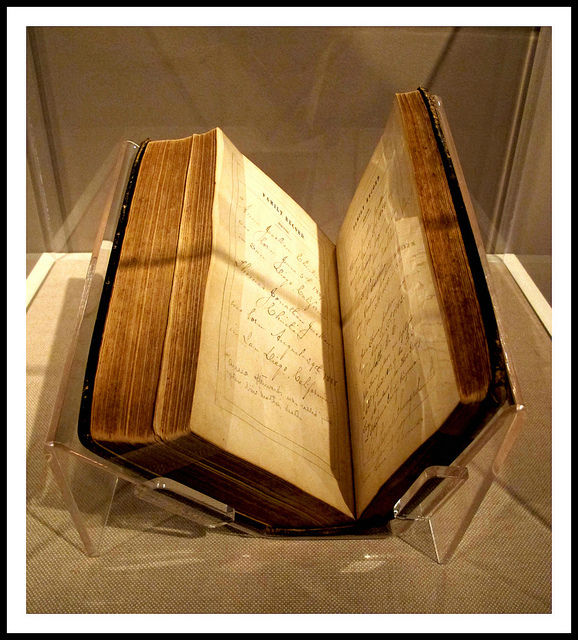Writing Your Family History – part 2
We already talked about the first stages of how to write your family history. In order to get started, you first have to determine what kind of format you are going to use. It could be a traditional memoir/narrative format, or you could choose to document your family history through a cookbook (and accompanying history and stories) or even a scrapbook. Once you get that important decision made, you can continue with the rest of the process involved in writing your family history.

Define Your Scope
The next step of writing your family history is determining the scope you will cover. Your actual family tree is huge. As much as you might want to, it’s simply not possible to cover your entire tree. You can do that in a genealogy document, but not in a book.
Here are some options to consider:
- Single Line of Descent: This option involves finding the oldest relative you know about, and following through on their specific tree until it reaches you. Generally, each generation would be a different chapter in your book.
- All Descendants Of: This option starts with a specific person in your family history and traces all of their descendants. This is a very popular option when you are writing your family history and want to start with their immigration to a new country.
There are many other options, but before you get started writing your family history, this is an important decision to make. It will be necessary to focus your research on the ancestors you plan to cover.
Set Deadlines
It’s important to set deadlines when you’re writing your family history. Setting deadlines along the way will keep you on track and moving forward with your project. You should also start with an outline of the entire project and then break it up into smaller deadlines so you can celebrate your success along the way.
Decide on the Theme
It will help keep your book focused if you pick an overall theme for your family history. Think about it in terms of telling the story of your entire family, not just individual people along with way.
Research
If you’re writing your family history, this is where the real work, and the fun, begins. Before you can start writing, you have to research the people you are going to write about. If you want your book to be interesting, it’s important to do much more than just a genealogy search.
You should start with a detailed interview of every living relative you can find. Nothing can take the place of those family stories you’ve heard a hundred times and this is your chance to get them down on paper. Your living relatives can also point you in the direction of where you will need to do greater research.
You can supplement your family history by doing more research about the towns your ancestors lived in, the jobs they worked in, disasters and epidemics they lived through, the fashions of the day and other types of details that will make your family history more rounded and complete.
Write Your Book
After you’ve made all the decisions we listed, and have done the research, it’s time to start writing. Here are the steps to follow to actually sit down and write your book.
Proof and Spell Check
As with anything you write, it is critical to spell check the document when you’re writing your family history. This is a document that will live on long after you have passed. It will become the history of your family that people will look to for years to come. You want this to be something you will be proud of, not something you have to cringe about when your family points out every spelling error you made because you didn’t take the time to use a spell checker.
